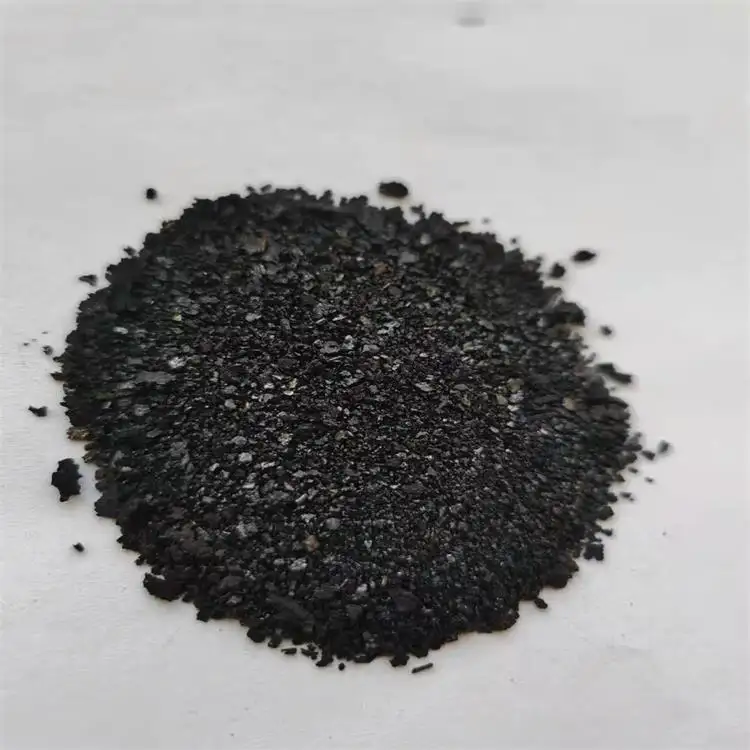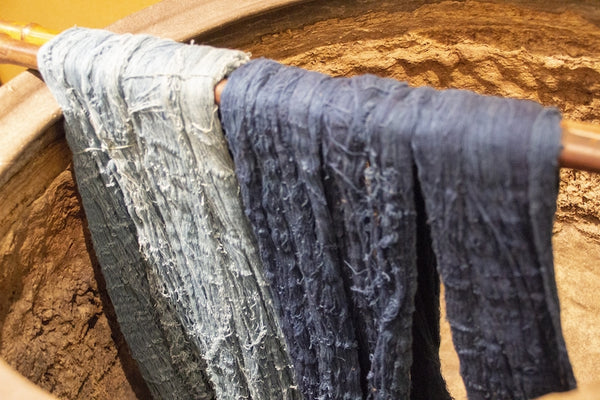blue natural dye


Furthermore, the integration of blue natural dyes into modern fashion and home decor highlights their versatility. Designers are increasingly exploring the blend of tradition and innovation, using historic dyeing methods with contemporary fabrics and styles. This fusion results in products that are not only visually appealing but also tell a story of heritage and sustainable innovation, resonating with diverse audiences. Key to the successful promotion of blue natural dyes is transparency about sourcing and production methods. This includes detailed documentation of the dyeing process, from plant cultivation to final product. Consumers value this transparency, as it assures them of the product's authenticity and aligns with their values of sustainability and ethical consumption. Brands that champion and communicate these principles effectively position themselves as leaders in the growing field of eco-friendly products. Educating consumers about caring for natural-dyed products can further enhance trust. Blue natural dyes, when cared for properly, offer longevity that rivals their synthetic counterparts. Providing easy-to-understand care instructions not only ensures product longevity but also strengthens consumer confidence in natural dyes. In conclusion, blue natural dyes combine the art of ancient traditions with modern sustainability, offering a compelling alternative to synthetic dyes. Their unique application in products allows for differentiation in an increasingly competitive market focused on environmental mindfulness. By effectively conveying their historical relevance, ecological benefits, and versatile applications, producers and marketers can unlock the full potential of blue natural dyes, securing their place in the future of sustainable consumer choices.
-
Thermal Stability Analysis of Bromo Indigo Pigments
NewsJun.06,2025
-
Sulphur Black Dye Oxidation Process Optimization
NewsJun.06,2025
-
Lightfastness Testing of Bromo Indigo Dyed Denim
NewsJun.06,2025
-
Granule Size Distribution and Jeans Color Uniformity
NewsJun.06,2025
-
Gradient Dyeing Methods with Indigo Blue Granules
NewsJun.06,2025
-
Dyeing Temperature Effects on Sulphur Black Color Fastness
NewsJun.06,2025
-
Sulphur Black Dyes in Daily Use
NewsMay.07,2025

Sulphur Black
1.Name: sulphur black; Sulfur Black; Sulphur Black 1;
2.Structure formula:
3.Molecule formula: C6H4N2O5
4.CAS No.: 1326-82-5
5.HS code: 32041911
6.Product specification:Appearance:black phosphorus flakes; black liquid

Bromo Indigo; Vat Bromo-Indigo; C.I.Vat Blue 5
1.Name: Bromo indigo; Vat bromo-indigo; C.I.Vat blue 5;
2.Structure formula:
3.Molecule formula: C16H6Br4N2O2
4.CAS No.: 2475-31-2
5.HS code: 3204151000 6.Major usage and instruction: Be mainly used to dye cotton fabrics.

Indigo Blue Vat Blue
1.Name: indigo blue,vat blue 1,
2.Structure formula:
3.Molecule formula: C16H10N2O2
4.. CAS No.: 482-89-3
5.Molecule weight: 262.62
6.HS code: 3204151000
7.Major usage and instruction: Be mainly used to dye cotton fabrics.

